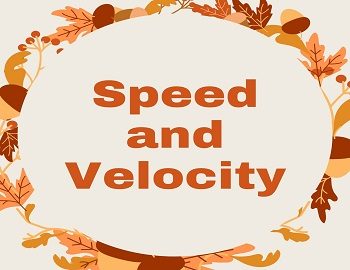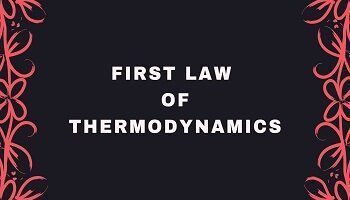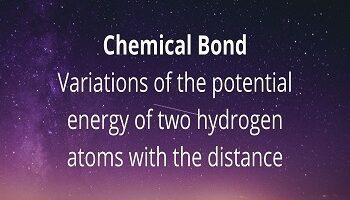Speed and Velocity:
Speed is the rate at which a body moves. It has, nothing to do with the direction in which the body moves and, hence, it is a scalar quantity. It is measured by the distance covered by a body in unit time. Thus,
Speed = Distance Covered / Time Taken
When a body describes equal distances in equal intervals of time, it is said to have uniform speed but when it describes equal distances in unequal intervals of time or unequal distances in equal intervals of time its speed is said to be variable.
In the C.G.S. system, the unit of speed is centimetres per second (cm / sec) and in F.P.S. system it is feet per second (ft / sec). The unit of speed in M.K.S. system is metres per second (m / sec).
If your friend travels in a car from Delhi to Amritsar at the rate of 60 kilometres per hour, his speed, as well as direction in which he moves, is known. For the complete representation of the motion of a body, the rate and the direction of its motion must be known. This is referred to as velocity. Thus, the velocity, characterized by both speed and direction, may be defined as the rate of motion of a body in a particular direction. It is, therefore, a vector quantity.
A scooter describing a distance of 50 kilometres in one hour towards east has a velocity of 50 kilometres per hour due east.
Like speed, velocity may also be uniform or variable. The unit of velocity is the same as that of speed.
The distance (s) travelled by a moving body, having a uniform velocity of u ft / sec, in time t seconds is given by the relation-
s = ut
The velocity with which the bodies move is generally variable. Hence, it becomes necessary to refer to the average velocity. The average velocity of a moving body is obtained by dividing the total distance covered by it in a given time by that time. Thus,
Average Velocity = Total Distance Covered / Total Time Taken
If a train covers a distance of 900 kilometres in moving from one station to another in 18 hours including the time of its stoppage at the intervening stations, it will have average velocity equal to 900 / 18 = 50 kilometres per hour.
- Mitosis: Process and Significance
- Meiosis: Process and Significance
- Modes of Nutrition
- Process of digestion in human beings
- Components of Blood
- Human Heart Important Facts
- Mechanism or Working of Heart (Cardiac Cycle)
- Human Lymphatic System
- Nervous System
- Chemical Coordination in Plants & Animals
- Tissues [Plant and Animal Tissues]
- What is vernalization in plants?
- Growth and Development in Plants









Comments (No)